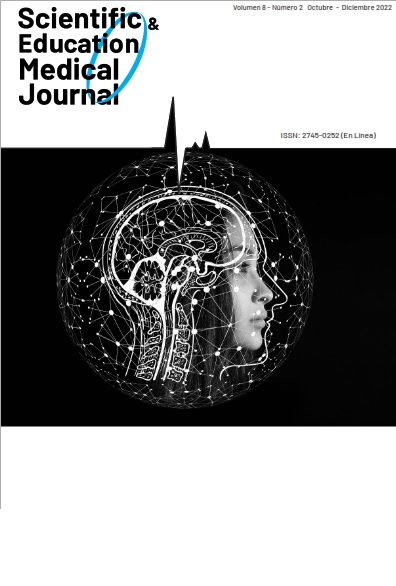Electroencephalography (EEG) guided anesthesia, a true advantage.
Keywords:
Anesthesia, propofol, hetamine, electroencephalography, evoked potentials, deaths, cost-effectiveness.Abstract
Intraoperative electroencephalographic monitoring is a common practice in anesthesiology to estimate anesthetic depth in the adult patient. Prys-Robert defines this as the result of a balance, in the CNS system, between the depressant effect of anesthetic drugs and that of nociceptive. These counteract the action of anesthetics and tend to superficialize it. At first, the main indication of the electroencephalogram (EEG) was the early detection of ischemic lesions in the cerebral cortex (1). Subsequently, and secondary to the description of intraoperative awakening, a new use emerged, the monitoring of anesthetic depth (hypnotic component) (2). However, it cannot be ignored that the anesthetic act brings with it positive effects in the patient as well as negative in it and that in one way or another, this anesthetic technique proposed seeks the anticipation of the complication of the same and the probable sequelae that this, in turn, can generate in the patient. During this systematic review of the literature, we will expose the different} ways in which this anesthetic technique is made a proposal of greater beneficence in the patient and that from the cost-effectiveness aspect also becomes a positive potentiator of said cost.
Downloads
Published
Versions
- 2025-08-18 (2)
- 2022-10-05 (1)
How to Cite
Issue
Section
License
Copyright (c) 2022 Scientific and Eduaction Medical JournalAtribución – No comercial – Compartir igual: Esta licencia permite a otros distribuir, remezclar, retocar, y crear a partir de tu obra de modo no comercial, siempre y cuando te den crédito y licencien sus nuevas creaciones bajo las mismas condiciones.
Attribution-NonCommercial-ShareAlike 4.0 International


